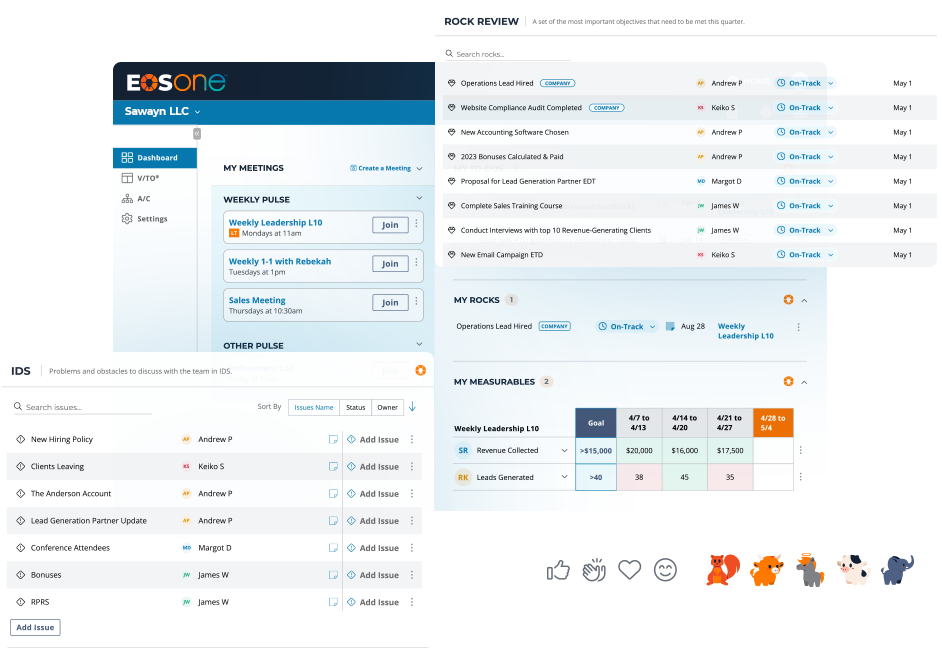The GWC™ Principle
Are you having trouble with your hiring or evaluation process? Maybe this framework will help.
Do you think you’re the only one who’s made some hiring mistakes?
Unfortunately, having an un-refined hiring process is more common than you think.
In fact, it’s one of the main reasons some organisations lose lots of money. You see, a lousy hiring process often leads to issues like high employee turnover rates.
Need proof?
According to a Harvard Business Review study, up to 80% of employee turnover can be traced back to poor hiring decisions. And in another study by Glassdoor, they found out that up to 95% of employers may admit to recruiting people who weren’t a good fit each year.
These studies show that the big problem here is identifying an ideal candidate for the various roles in your company. And it’s because most employers lack the necessary framework.
That’s why I would like to introduce the EOS GWC™ principle. What does it stand for?
- Get it
- Want it
- Capacity to do it
It’s a framework that can help you assess potential employees and determine how well they’ll fit the available positions in your company.
This article will explain the framework and guide you on what to do after talking to a candidate.
What is the GWC™ Framework?
This framework has three key components. The beauty of it is that you can apply it at any employment stage – whether it’s in the hiring process or during an ongoing evaluation stage.
Get It
Here’s what you have to understand. People either get what they’re supposed to do in their roles, or they don’t. There are no two ways around it.
Not when it comes to knowing the responsibilities they have and the systems in place.
As much as some people might get it, not everyone entirely does so.
That’s why you have to pay special attention to this during the hiring process.
Want It
Somebody may get it. But do they want it? Are they genuine when they express a desire to take your job offer?
You have to determine if candidates want it bad enough.
Those who do exhibit specific behavioural traits. The ones who desire the job take their time to understand the role entirely. In addition, they embrace the responsibility that comes with their new position.
What you don’t want is someone that you have to beg to fill a role in your company. That’s the type of employee who doesn’t want to do the work.
Capacity to Do It
Let’s say you found someone who gets it. That person also wants the job.
So far, so good, right?
Wrong.
Does that individual also have the ability to get the job done?
You still have to assess a candidate’s capacity to thrive in your company.
But it’s not all about knowledge. You also have to determine if that person has the emotional capacity and mental strength to do the job.
Depending on the position, there may also be a physical component involved. So, you’ll want to ask that person if they have the physical capacity to do the job.
What if they don’t have enough time to dedicate to their new role?
The capacity to do it encompasses everything else, not just the experience and skills required for the task at hand.
So now, the question is…
Why is this framework necessary?
More importantly, how does it help you refine your hiring process and ensure you find better employees, thus reducing your turnover rate?
It does these things by zoning in on three critical areas concerning candidates:
- Do they get it?
- Do they want it?
- Do they have the capacity to do it?
If the answer to any of these questions is NO, then you’ll know that you’re talking to an individual that is unlikely to be a good fit for the seat you’re offering.
Therefore, to increase your odds of finding the best candidate, you’ll want a solid YES for all three questions.


